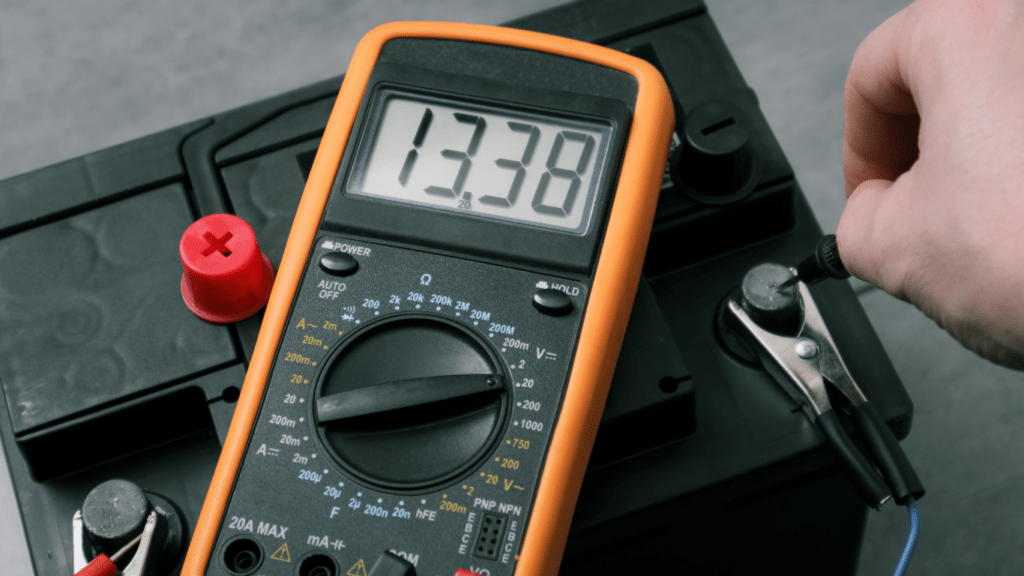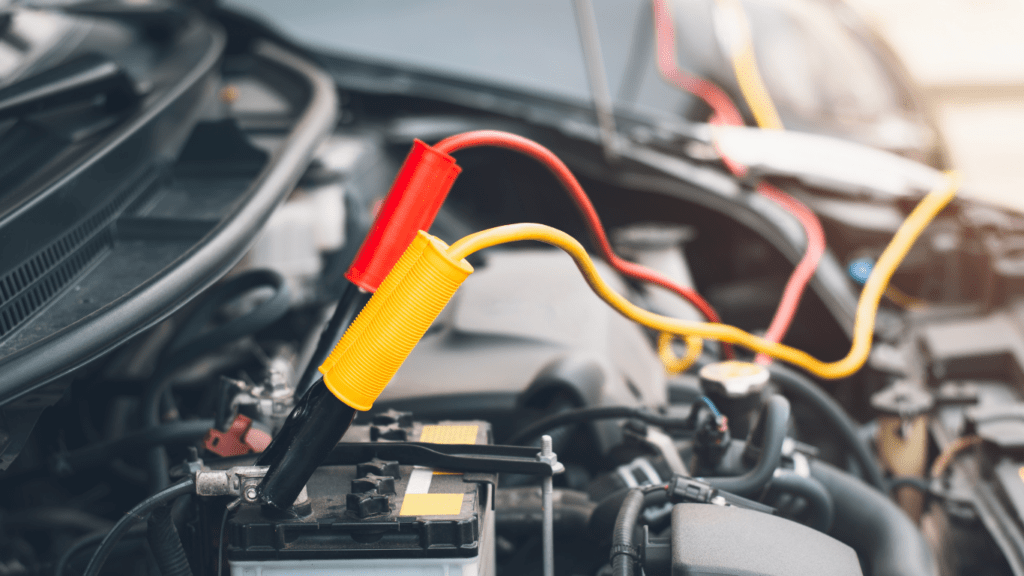As a tech enthusiast, I’m always on the lookout for the latest advancements in battery technology. The ongoing debate between solid-state and lithium-ion batteries has been a hot topic in the industry. The quest for more efficient, safer, and longer-lasting energy storage solutions has led to significant innovations in both these technologies.
In this article, I’ll delve into the world of solid-state and lithium-ion batteries, comparing their strengths, weaknesses, and the potential impact of these innovations on various sectors. From electric vehicles to portable electronics, the choice of battery technology can make a significant difference in performance and sustainability. Join me as we explore the exciting developments shaping the future of energy storage.
Overview of Current Battery Technologies
When it comes to current battery technologies, two prominent options stand out: Lithium-Ion Batteries and Solid-State Batteries. Let’s delve into the specifics of each to understand their unique characteristics and applications better.
Lithium-Ion Batteries
Lithium-Ion Batteries have been the go-to choice for various applications due to their high energy density, lightweight nature, and long cycle life. They are commonly used in portable electronics like smartphones, laptops, and tablets, as well as electric vehicles. Despite their widespread use, lithium-ion batteries face challenges related to safety, cost, and environmental impact.
Solid-State Batteries
Solid-State Batteries are an emerging technology that offers potential improvements over traditional lithium-ion batteries. They use solid electrolytes instead of liquid or gel electrolytes, enhancing safety and energy density. Solid-state batteries have the potential to revolutionize the electric vehicle industry by providing longer range, faster charging times, and increased lifespan. Despite these advantages, current limitations such as manufacturing costs and scalability need to be addressed for widespread adoption.
Advancements in Lithium-Ion Battery Technology
When it comes to lithium-ion battery technology, advancements have been focused on enhancing electrode materials and improving battery life and safety features. Let’s delve into these key areas driving innovation in lithium-ion batteries.
Enhanced Electrode Materials
In recent years, research and development efforts have been dedicated to enhancing the electrode materials used in lithium-ion batteries. Innovations such as silicon-anode batteries have shown promising results in increasing energy density and improving overall battery performance. By incorporating silicon into the anode material, researchers have been able to address the limitations of traditional graphite anodes, paving the way for next-generation lithium-ion batteries with higher capacities and faster charging capabilities.
Improved Battery Life and Safety Features
Another significant advancement in lithium-ion battery technology is the focus on improving battery life and safety features. Manufacturers are implementing advanced battery management systems that monitor and regulate cell temperature, voltage, and current to prevent issues like thermal runaway and overcharging. Additionally, the development of solid electrolytes and flame-retardant additives has enhanced the safety profile of lithium-ion batteries, making them more reliable for a wide range of applications, including electric vehicles and grid energy storage systems. These improvements not only extend the lifespan of lithium-ion batteries but also ensure safer operation, addressing key concerns in the industry.
Innovations in Solid-State Battery Technology
Solid-state battery technology is at the forefront of innovation in the energy storage sector. Let’s explore the recent advancements in this exciting field.
Developments in Solid Electrolytes
Solid-state batteries utilize solid electrolytes instead of the liquid or gel electrolytes found in traditional lithium-ion batteries. These solid electrolytes offer significant benefits such as:
- Improved Safety: Solid-state batteries are less prone to issues like leakage and overheating, enhancing overall safety.
- Higher Energy Density: Solid-state batteries have the potential to store more energy in a smaller space, leading to lighter and more compact devices.
- Longer Lifespan: The use of solid electrolytes can improve the longevity of batteries, reducing the need for frequent replacements.
- Faster Charging: Solid-state batteries can be charged at a faster rate compared to conventional lithium-ion batteries, offering more convenience to users.
- Environmentally Friendly: With no liquid components, solid-state batteries are more eco-friendly, reducing the risk of hazardous leaks and contributing to a cleaner environment.
Comparative Analysis of Battery Performance
In comparing battery performance between solid-state and lithium-ion technologies, it’s essential to consider key metrics such as energy density, efficiency, safety, and durability.
Energy Density and Efficiency
When it comes to energy density, solid-state batteries have the edge over traditional lithium-ion batteries. Solid-state technology offers higher energy density, meaning it can store more energy in a smaller and lighter package. This advantage is crucial for electric vehicles and portable electronics that require long-lasting power in a compact form factor.
On the other hand, lithium-ion batteries have lower energy density compared to solid-state counterparts. While lithium-ion batteries have seen improvements in recent years, especially with the introduction of silicon-anode batteries, they still lag behind solid-state batteries in terms of energy storage capacity.
Safety and Durability
Safety is a crucial aspect of battery technology, particularly in applications where the risk of fire or explosion can have severe consequences. Solid-state batteries are inherently safer than lithium-ion batteries due to their use of non-flammable solid electrolytes. This feature significantly reduces the risk of thermal runaway and enhances the overall safety of the battery system.
In terms of durability, solid-state batteries also outperform lithium-ion batteries. Solid-state technology offers longer lifespan, meaning these batteries can endure more charge-discharge cycles without significant degradation. This longevity makes solid-state batteries an attractive option for electric vehicles and other demanding applications where battery longevity is essential.
Potential Applications and Market Impact
Innovations in battery technology, particularly in solid-state and lithium-ion batteries, are poised to revolutionize various industries. Let’s delve into how these advancements will impact consumer electronics and electric vehicles.
Consumer Electronics
Solid-state batteries offer significant benefits for consumer electronics, such as smartphones, laptops, and wearables. Their higher energy density, longer lifespan, and faster charging capabilities make them ideal for compact devices requiring reliable and long-lasting power sources. The use of solid electrolytes in these batteries enhances safety, providing peace of mind for consumers concerned about battery-related accidents.
Electric Vehicles
The impact of solid-state and lithium-ion batteries on the electric vehicle industry is profound. Solid-state technology’s superior energy density, enhanced safety features due to non-flammable solid electrolytes, and longer lifespan make it a promising option for electric vehicles. With advancements in manufacturing processes and scalability, solid-state batteries have the potential to accelerate the adoption of electric vehicles by addressing issues related to range anxiety, charging times, and overall performance.




